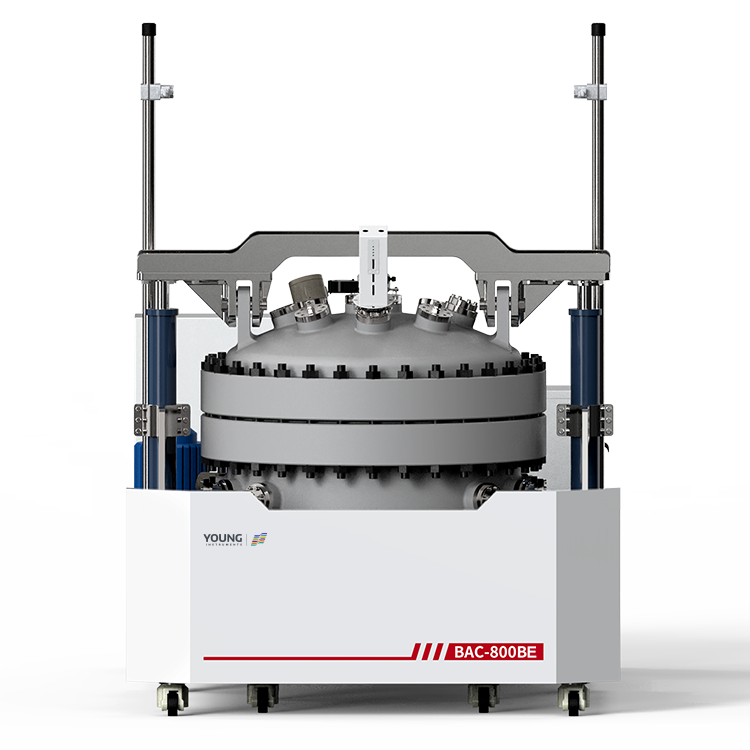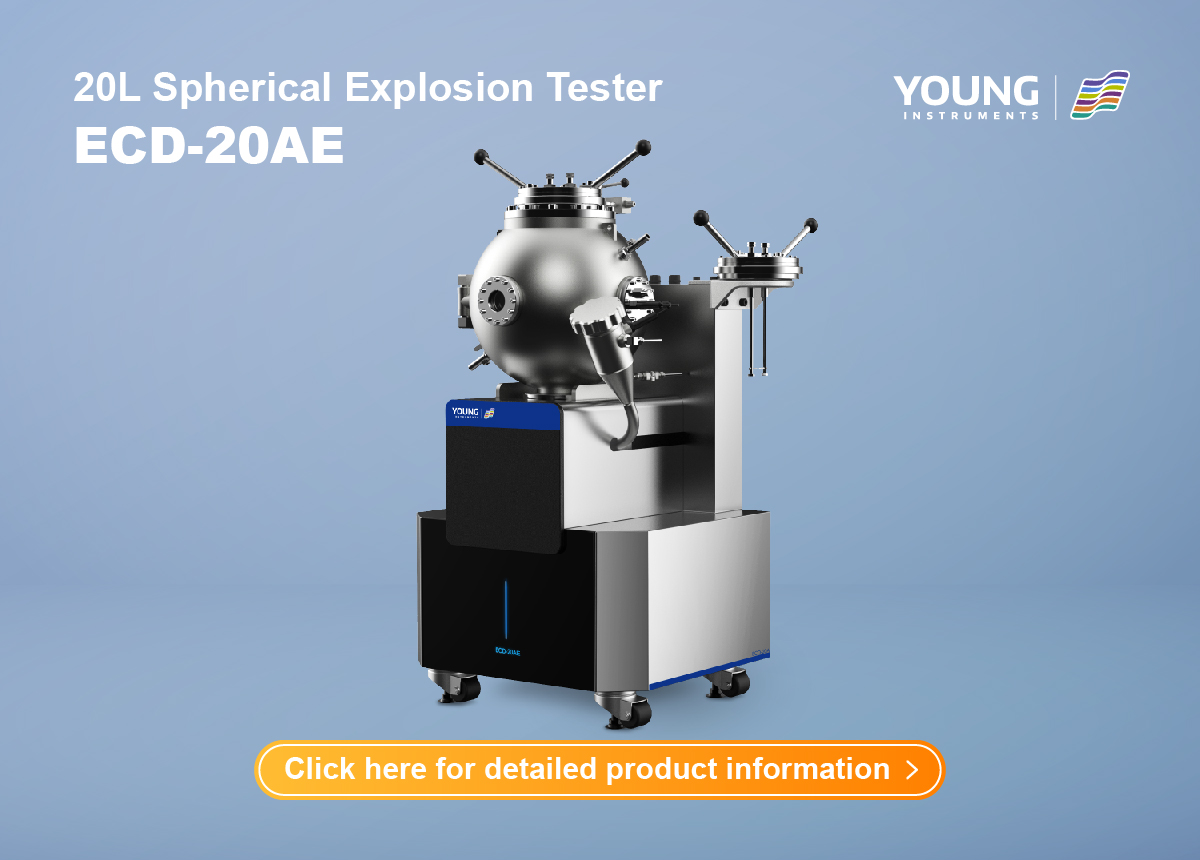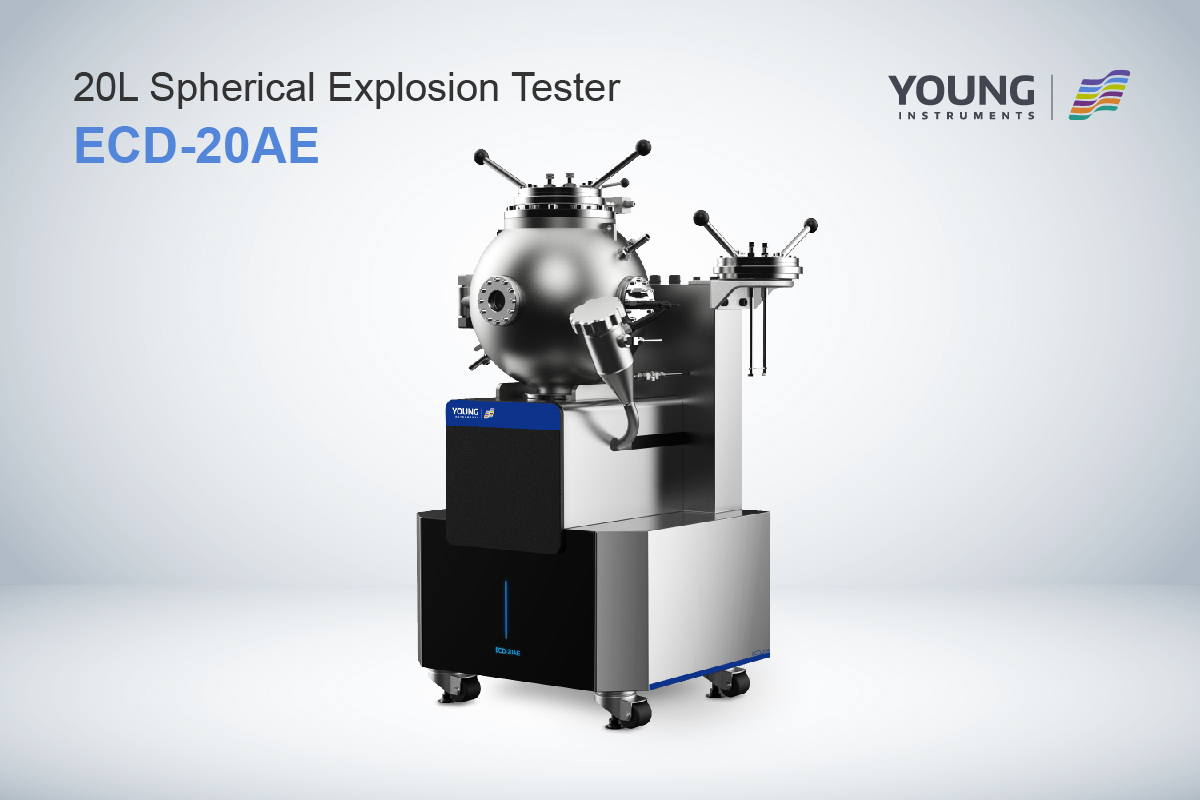Explosion Severity Tester: Importance and Applications
If you work in an industry that handles combustible materials, then you know how important it is to ensure the safety of your facility. One of the critical processes in ensuring this safety is explosion severity testing. This testing measures the severity of an explosion that may occur in a given environment to determine its potential effects on the surrounding structures, equipment, and personnel.
To conduct explosion severity testing, you need an explosion severity tester. This device measures the maximum explosion pressure (Pmax), maximum rate of pressure rise (dP/dt)max, and the dust constant Kst value of an ignited combustible dust dispersed in the air as a dust cloud. These values are crucial in quantifying the severity of a dust explosion.
Explosion Severity Tester Overview
Purpose and Function
An Explosion Severity Tester, also known as an Explosion Severity Meter, is a device that is used to test the severity of an explosion that may occur in a given environment. The purpose of this device is to determine the potential effects that an explosion may have on the surrounding structures, equipment, and personnel.
The device works by measuring the maximum pressure (Pmax), the maximum rate of pressure rise (dP/dt)max, and the dust constant Kst value of an ignited powder, dispersed in the air, as a dust cloud. These parameters are generated from the explosion severity test. The test is conducted by dispersing dust samples of varying quantities within a spherical enclosure with a volume of 20 liters and igniting them by chemical igniters with a total energy.
The test results provide crucial information that helps engineers and safety professionals to design and implement effective safety measures to prevent or mitigate the effects of an explosion. This device is commonly used in industries that handle combustible materials, such as chemical and pharmaceutical manufacturing, food processing, and mining.
Key Components
An Explosion Severity Tester consists of several key components that work together to measure the severity of an explosion. These components include:
-
Enclosure: The enclosure is a spherical vessel with a volume of 20 liters that is used to contain the dust samples during the test.
-
Ignition System: The ignition system consists of chemical igniters that are used to ignite the dust samples.
-
Pressure Sensor: The pressure sensor is used to measure the maximum pressure (Pmax) and the maximum rate of pressure rise (dP/dt)max during the explosion.
-
Data Acquisition System: The data acquisition system is used to collect and analyze the data from the pressure sensor and other sensors during the test.
-
Software: The software is used to control the test parameters, collect and analyze the data, and generate reports.
Overall, an Explosion Severity Tester is an essential tool for ensuring the safety of industrial facilities that handle combustible materials. It provides critical information that helps engineers and safety professionals to design and implement effective safety measures to prevent or mitigate the effects of an explosion.
Operational Principles
Testing Methodology
The Explosion Severity Tester (EST) is a device used to measure the severity of an explosion that may occur in a given environment. The testing methodology involves dispersing a sample of the material in a 20-liter sphere and igniting it. The resulting explosion generates pressure and rate of pressure rise, which are measured and used to calculate the maximum pressure (Pmax) and the maximum rate of pressure rise (dP/dt)max. These values are used to determine the potential for an explosion and the severity of its effects on the surrounding structures, equipment, and personnel.
The EST testing methodology is performed according to the ASTM E1226 standard, which provides detailed instructions for conducting the test and interpreting the results. The test is typically performed on a representative sample of the material being handled, and the results are used to determine the appropriate safety measures required to prevent explosions.
Data Interpretation
The data generated by the EST test is used to determine the degree of explosibility of the material being tested. The maximum pressure (Pmax) and the maximum rate of pressure rise (dP/dt)max are used to classify the material into one of three groups: low, medium, or high explosibility. The dust constant Kst value is also calculated, which is used to determine the rate at which the explosion propagates through the material.
The data generated by the EST test is critical in determining the appropriate safety measures required to prevent explosions. For example, materials with a high degree of explosibility may require additional safety measures such as explosion suppression systems, explosion venting, or inerting systems to prevent explosions from occurring.
In conclusion, the EST is a critical tool in ensuring the safety of industrial facilities that handle combustible materials. The testing methodology and data interpretation are performed according to the ASTM E1226 standard, which provides detailed instructions for conducting the test and interpreting the results. The data generated by the EST test is used to determine the degree of explosibility of the material being tested and to determine the appropriate safety measures required to prevent explosions.
Safety and Handling
When handling an Explosion Severity Tester, it is important to follow safety precautions to prevent accidents and injuries. Additionally, regular maintenance protocols should be followed to ensure that the tester is functioning properly and providing accurate results.
Safety Precautions
To ensure safe handling of the Explosion Severity Tester, it is important to follow these safety precautions:
- Always wear appropriate personal protective equipment (PPE) when handling the tester, including gloves, safety glasses, and a lab coat.
- Keep the tester away from sources of ignition, such as open flames or sparks.
- Only use the tester in a well-ventilated area to prevent the buildup of potentially explosive dust clouds.
- Do not exceed the maximum operating pressure of the tester to prevent damage or failure.
- Follow all manufacturer instructions and guidelines for safe use.
Maintenance Protocols
Regular maintenance of the Explosion Severity Tester is essential to ensure that it is functioning properly and providing accurate results. The following maintenance protocols should be followed:
- Clean the tester after each use to prevent the buildup of dust and debris.
- Inspect the tester for any signs of damage or wear before each use, including cracks, leaks, or broken parts.
- Calibrate the tester regularly to ensure that it is providing accurate results.
- Replace any damaged or worn parts immediately to prevent failure or inaccurate results.
- Store the tester in a cool, dry place when not in use to prevent damage or corrosion.
By following these safety precautions and maintenance protocols, you can ensure safe and accurate use of the Explosion Severity Tester.
Standards and Compliance
Regulatory Framework
When it comes to explosion safety, there are various regulatory bodies that set standards for industries that handle combustible materials. Compliance with these standards is essential to ensure the safety of personnel and equipment. Some of the regulatory frameworks that apply to explosion safety include OSHA, NFPA, and ATEX.
OSHA (Occupational Safety and Health Administration) is a federal agency that sets standards for safe working conditions in the United States. OSHA has specific regulations for combustible dust, which include requirements for explosion prevention, housekeeping, and hazard communication.
NFPA (National Fire Protection Association) is a nonprofit organization that sets standards for fire and explosion safety. NFPA 652 is the standard for the fundamentals of combustible dust, while NFPA 654 is the standard for the prevention of fire and dust explosions from the manufacturing, processing, and handling of combustible particulate solids.
ATEX (Atmosphères Explosibles) is the European Union’s directive for equipment and protective systems intended for use in potentially explosive atmospheres. ATEX 137 is the standard for the minimum requirements for improving the safety and health protection of workers potentially at risk from explosive atmospheres.
Certification Processes
To ensure that explosion safety equipment and services meet the necessary standards, various certification processes are in place. The certification process involves testing, evaluation, and documentation to ensure that the equipment or service meets the required standards.
One of the certification processes is the ATEX certification, which is required for equipment and protective systems intended for use in potentially explosive atmospheres. The certification process involves testing and evaluation by a third-party organization to ensure that the equipment or system meets the necessary safety requirements.
Another certification process is the FM Global Approval, which is a certification for explosion protection equipment and services. FM Global Approval involves testing and evaluation of the equipment or service to ensure that it meets the necessary safety requirements.
In summary, compliance with regulatory frameworks and certification processes is crucial for explosion safety. It is essential to ensure that explosion safety equipment and services meet the necessary standards to protect personnel and equipment from the potential hazards of combustible materials.
Technological Advancements
Innovations in Testing
The Explosion Severity Tester has undergone significant technological advancements in recent years. One such innovation is the use of state-of-the-art sensors to measure the maximum explosion pressure and the maximum rate of pressure rise generated by the expanding fireball. These sensors provide highly accurate measurements, which help engineers determine the severity of an explosion caused by the ignition of a combustible environment in a confined location.
Another innovation is the use of advanced software to analyze the test results. This software can quickly process large amounts of data and provide engineers with detailed reports that include graphs, charts, and tables. These reports help engineers identify potential hazards and develop effective mitigation strategies.
Future Trends
Looking to the future, there are several trends that are likely to shape the development of Explosion Severity Testers. One trend is the increasing use of automation in testing. Automation can help reduce the time and cost of testing while improving accuracy and repeatability.
Another trend is the integration of Explosion Severity Testers with other safety systems. For example, Explosion Severity Testers can be integrated with fire suppression systems to automatically trigger the release of fire suppressants in the event of an explosion.
Overall, the technological advancements in Explosion Severity Testers have made them an essential tool for ensuring the safety of industrial facilities that handle combustible materials. As technology continues to evolve, we can expect to see even more innovations that further improve the accuracy and efficiency of these vital safety systems.




































